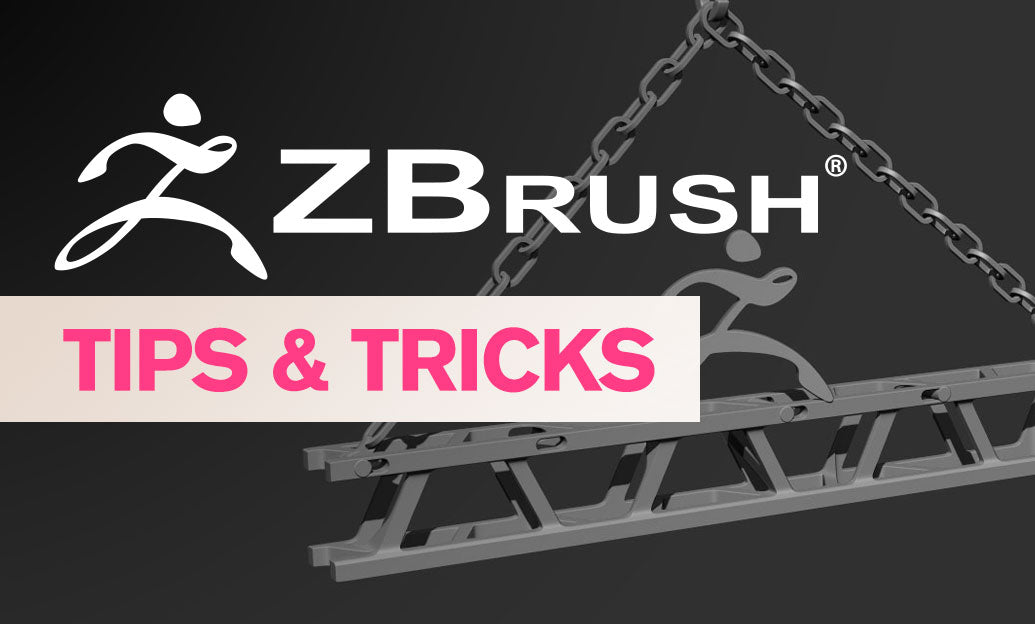Your Cart is Empty
Customer Testimonials
-
"Great customer service. The folks at Novedge were super helpful in navigating a somewhat complicated order including software upgrades and serial numbers in various stages of inactivity. They were friendly and helpful throughout the process.."
Ruben Ruckmark
"Quick & very helpful. We have been using Novedge for years and are very happy with their quick service when we need to make a purchase and excellent support resolving any issues."
Will Woodson
"Scott is the best. He reminds me about subscriptions dates, guides me in the correct direction for updates. He always responds promptly to me. He is literally the reason I continue to work with Novedge and will do so in the future."
Edward Mchugh
"Calvin Lok is “the man”. After my purchase of Sketchup 2021, he called me and provided step-by-step instructions to ease me through difficulties I was having with the setup of my new software."
Mike Borzage
Harnessing Automation in Design: The Power of Scripting and API Integration
October 12, 2024 4 min read


Introduction
Automation has become a pivotal element in modern design processes, revolutionizing the way designers and engineers approach their projects. By integrating automation, professionals can significantly enhance efficiency, reduce errors, and focus more on innovation rather than repetitive tasks. Scripting and API integration are at the forefront of this transformation, offering powerful tools to streamline workflows and extend the capabilities of design software. These technologies have made substantial impacts across various fields, including computer-aided design (CAD), architecture, and engineering, enabling practitioners to achieve higher precision and productivity. Embracing automation is not just about keeping up with technological trends; it's about unlocking new possibilities and pushing the boundaries of what's achievable in design.
Understanding Scripting in Design Software
Scripting in design software refers to the use of programming languages to automate tasks, customize functionalities, and enhance the overall efficiency of the design process. Common scripting languages such as Python and JavaScript are widely adopted due to their versatility and ease of integration with various software platforms. These languages empower designers to write scripts that can perform a multitude of functions, from simple automations to complex operations that would be tedious or impractical to execute manually. The advantages of using scripts are manifold:
- Efficiency: Automating repetitive tasks saves time and allows designers to focus on more critical aspects of their projects.
- Consistency: Scripts ensure that tasks are performed uniformly, maintaining quality and standards across the board.
- Repeatability: Scripts can be reused and modified for different projects, enhancing productivity and reducing the learning curve for new tasks.
API Integration and Its Impact on Design Workflows
An Application Programming Interface (API) is a set of protocols and tools that allows different software applications to communicate and share data. In the context of design software, APIs facilitate seamless integration between various tools, enhancing collaboration and efficiency. By leveraging APIs, designers can connect CAD software with visualization tools, simulation platforms, and Product Lifecycle Management (PLM) systems, creating a cohesive ecosystem where data flows effortlessly. This integration enables:
- Enhanced Communication: Different software applications can exchange information in real-time, ensuring that all team members have access to the latest data.
- Streamlined Workflows: Automation of data transfers reduces manual entry errors and saves time.
- Extended Functionality: Designers can incorporate features from multiple applications, enriching the capabilities of their primary design tools.
Best Practices for Implementing Automation in Design
Successfully implementing automation through scripting and API integration requires careful planning and adherence to best practices. Here are some guidelines to consider: Selecting Appropriate Scripting Languages and Tools: Choosing the right scripting language depends on the specific needs of the project and the compatibility with existing software. Consider factors such as the complexity of tasks, the learning curve, and community support. Python, for instance, is widely used due to its readability and extensive libraries. Writing Efficient and Maintainable Scripts: Efficiency and maintainability are crucial for long-term success. This involves:
- Documenting Code: Clear comments and documentation make it easier for others (and yourself) to understand and modify scripts in the future.
- Following Conventions: Adhering to coding standards improves readability and reduces errors.
- Modular Design: Breaking scripts into functions or classes allows for reuse and simplifies testing.
- Clarity in API Documentation and Support: Comprehensive documentation and responsive support are essential for troubleshooting and maximizing the API's potential.
- Scalability: Ensure that the integration can handle increasing amounts of data or users without degradation in performance.
- Security Measures: Protect sensitive data through encryption and secure authentication methods to prevent unauthorized access.
Conclusion
The advent of scripting and API integration has profoundly impacted design processes, offering unprecedented opportunities for efficiency and innovation. Automation empowers designers and engineers to transcend the limitations of manual workflows, enabling them to tackle more complex challenges and deliver higher-quality outcomes. As the industry continues to evolve, the importance of embracing these technologies cannot be overstated. Automation is not merely a trend but a fundamental shift towards more intelligent and responsive design practices. Looking ahead, the integration of automation in design is poised to accelerate, driven by advances in technology and the growing demand for more sophisticated solutions. By adopting scripting and API integration today, professionals position themselves at the forefront of this evolution, ready to harness the possibilities of tomorrow and drive innovation within their fields.
Also in Design News

Cinema 4D Tip: Optimizing Workflow with Selective Keyframing in Cinema 4D
October 15, 2025 3 min read
Read More
Bluebeam Tip: Maximizing Efficiency with Bluebeam Revu's Text Box Tool for Clear and Impactful PDF Annotations
October 15, 2025 2 min read
Read More
ZBrush Tip: Enhance Your ZBrush Workflow with the Curve QuadFill Brush
October 15, 2025 2 min read
Read MoreSubscribe
Sign up to get the latest on sales, new releases and more …


